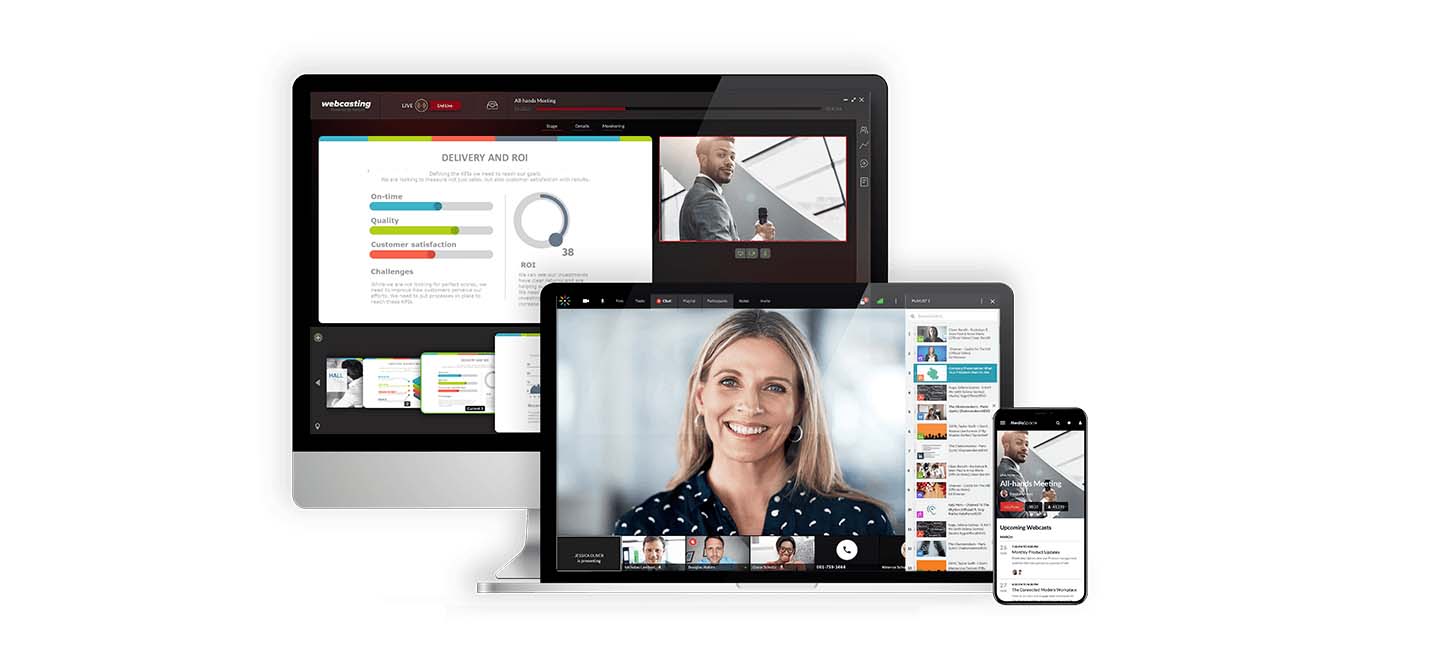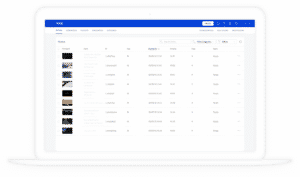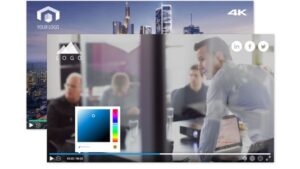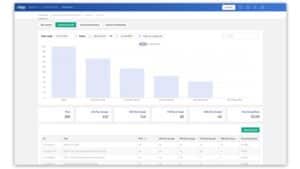How Enterprises Build Trust With Video Streaming..

Video is playing an increasingly important role in e-learning. Why is this case and what could it look like? We explain it all in this blog.
Moving images are fascinating – it always has been and always will be. That also explains the popularity of video. Add to that the fact that we (as humans) absorb visual information 600,000 times faster than text – just to make you understand why video is so suitable for e-learning. Video is easy to consume and the viewer engagement rate is many times higher with video compared to other forms of learning. With interactive video, you can put people behind the (digital) wheel themselves, which ensures that people are less likely to stop watching and can take in information even more easily.
Many companies already work with a learning management system (LMS): an e-learning platform that offers support in selecting, following, and providing training. Makes sense, as companies that invest in the knowledge development of their people will make a difference in the future. The world is changing at an ever increasing pace, making lifelong learning the new standard for keeping up. The right learning tools at the right time are essential for knowledge development as well as an effective transfer of information.
A good LMS offers a diversity of learning resources and modules. Everyone has their own preferred methods of acquiring knowledge. A mix of resources simply works best. Video is an increasingly important part, having a positive influence on the learning result. Where LMS systems excel in setting up learning methods, a video platform goes much further in managing and enriching video content. That is why a combination of both is often so strong.
For example, NCOI Opleidingen (the largest educator in the working Netherlands) has embraced video as an integral part of their teaching materials. With the VIXY API, they have integrated the video platform and video player with their existing online learning platform. This offers additional options for asking questions in the video and the valuable content is stored securely and in a structured manner. Authorized students can watch the videos wherever and whenever they want. In turn, NCOI can see whether videos are also watched until the end and which course components generate the most involvement. By combining different statistics, valuable information is obtained for further improving the teaching material.
More and more universities are making use of video. In the traditional learning model, students went to university to attend a lecture there at a specific time. Nowadays, much more use is made of live lectures and important lectures are broadcasted live as well as stored for later availability in the shape of a video-on-demand course. In this way, the student can attend a recorded lecture in his or her own time. The fact that students no longer have to be physically present at (every) lecture naturally ensures much more flexibility in the education. An increasing number of universities and online educators are therefore also investing in in-house production studios, thereby significantly lowering the threshold for recording videos.
We can cite countless examples where video plays an important role in the learning process, such as onboarding new employees within an organization or explaining your product or service to customers. This is also increasingly being used by online platforms such as Binck: they use interactive video to give new customers a step-by-step explanation about investment products and to familiarize themselves with the platform. This puts the viewer in control and makes him or her feeling involved in the learning process, often resulting in higher customer satisfaction and fewer contact moments (and therefore costs) for the support department.
The government is also increasingly embracing the use of interactive video for online learning objectives. For example, the Central Office for Driving Skills has switched to video for displaying and demonstrating traffic situations. Statistics Netherlands (CBS) uses interactive content for the Statline platform to explain to users how they can interpret data.
Are you an organization that also wants to get started with video within your online learning environment? We are happy to talk to you so that we can provide you with tailor-made advice. Feel free to contact us, we are here to help you.






